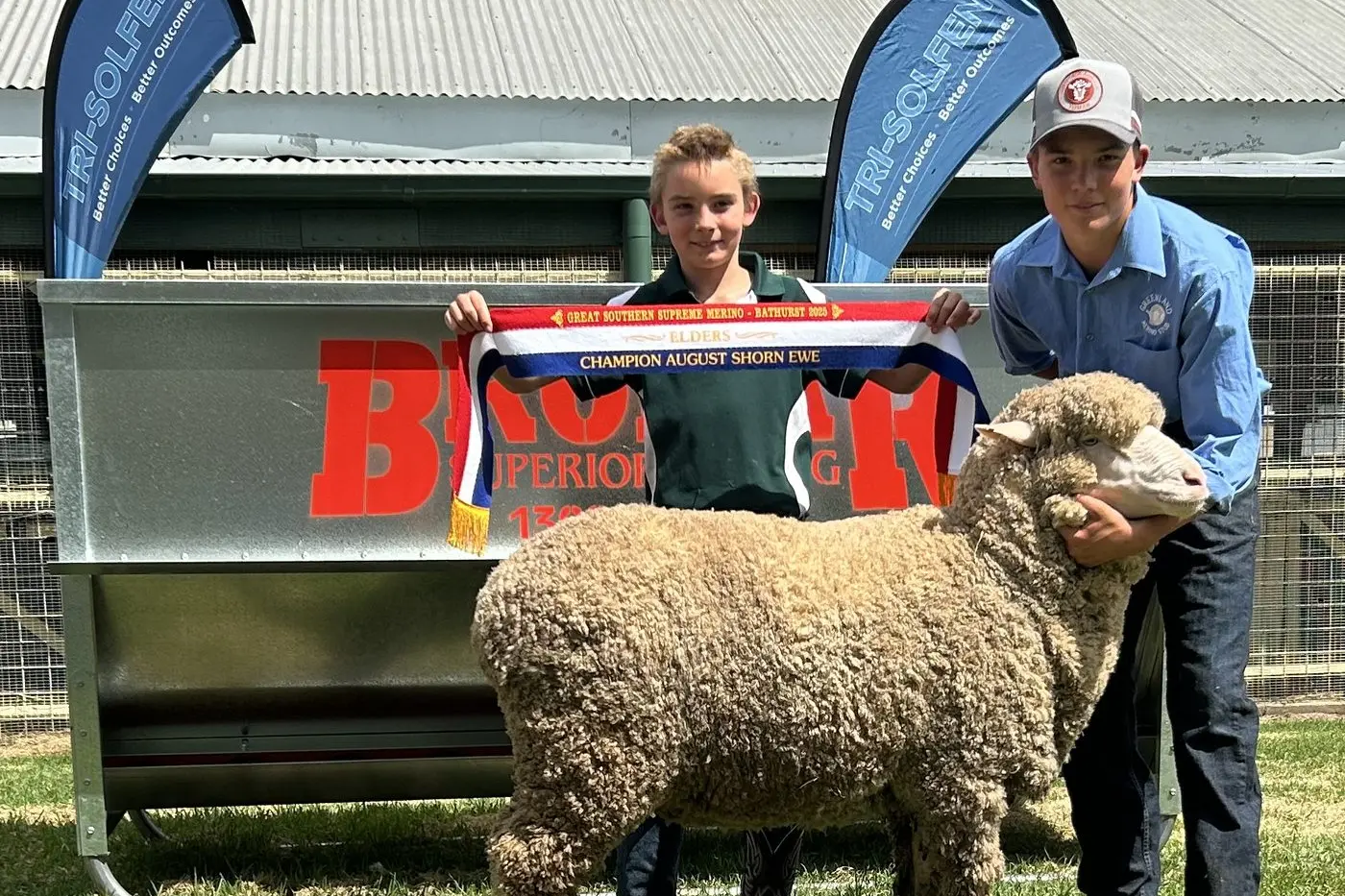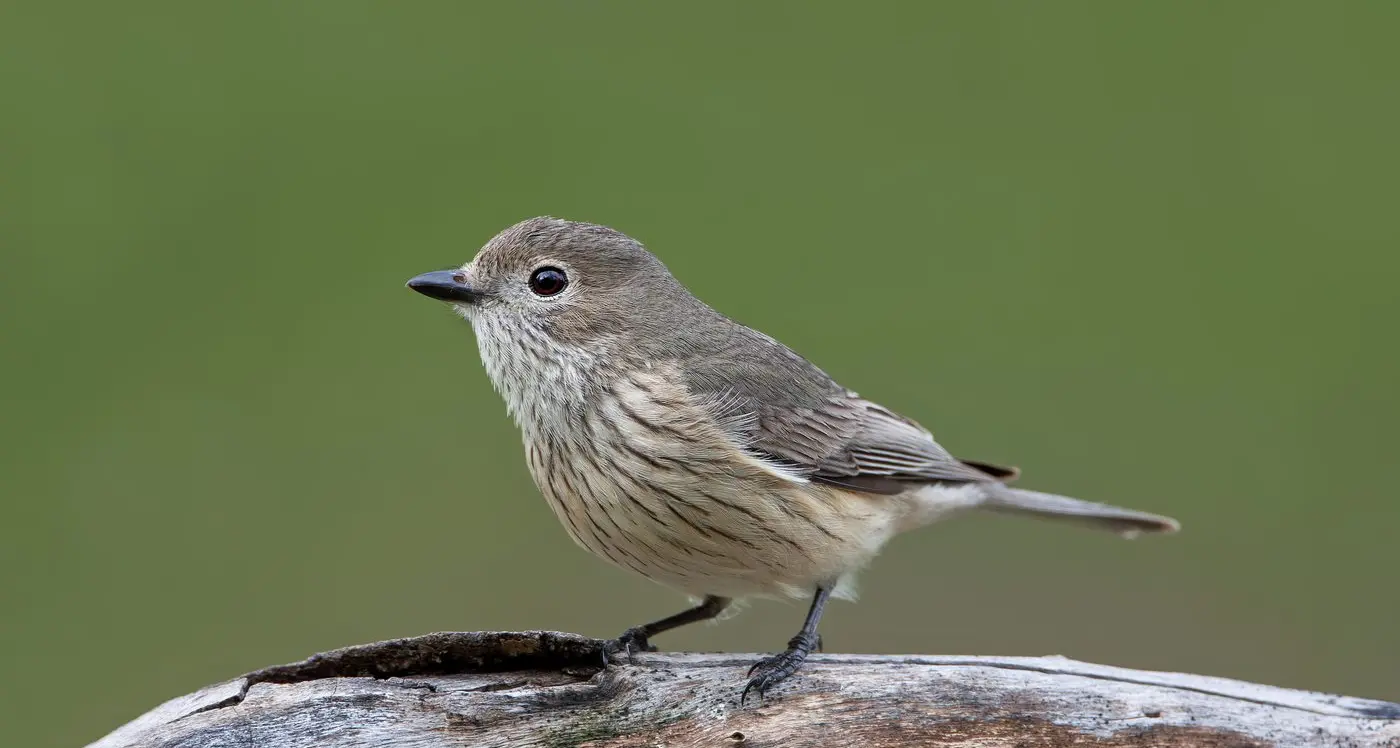PHOTO
The Alcock family of Greenland Merino Stud, Bungarby, dominated the fleece competition at this year’s Sydney Royal Easter Show.
Greenland claimed several major titles in the stud’s first entries into the housed and un-housed fleece competition with seven fleeces.
Greenland secured a clean sweep, winning the grand champion Merino fleece in the open section, reserve grand champion Merino fleece in the open section and grand champion Merino fleece for the best Merino fleece in the show.
The stud also claimed grand champion Merino fleece in the district court’s exhibit competition.
Royal Agricultural Society steward, Greg Andrews, believes it is the first time a competitor has claimed all three awards at the same show.
Both the grand champion and reserve grand champion fleeces scored 91 out of a possible 100 under judges Stuart Bailey, Techwool Trading and Mark Bazeley, Riverina Wool. They had to go back and choose between the two fleeces.
The champion housed or rugged Merino ewe or wether fleece won the top crown.
The reserve grand champion fleece was the champion topmakers type wool Merino ewe or wether fleece, open classes.
There were 203 entries in the open section and 128 fleeces in the district exhibits competition. Judge, Mark Bazeley, said there was a range in quality.
“Anything which was exceptionally well prepared came to the front,” he said.
The grand champion fleece had a greasy fleece weight of 6.7kg with 70.4 per cent yield and scored four and a half from a possible five for density, character, style, evenness of fibre diameter and handle. It tested 16.3 micron, 2.7 micron standard deviation (SD), 16.7 per cent coefficient of variation (CV) and 99.3 per cent comfort factor (CF).
Greenland’s reserve grand champion scored 90.5 points with 4.8kg greasy fleece weight and 80.9 per cent yield. It tested 16.5 micron, 2.7 micron SD, 16.2 per cent CV and 99.9 per cent CF.
Greenland principal, John Alcock, said the family usually entered the district courts exhibit competition but entered the open competition for the first time.
He said the grand champion fleece came off a two-tooth Merino show ewe.
“She was one we were considering bringing down here to the show but we just reckoned she wasn’t quite wide enough across the scrag,” he said.
“But she had magnificent wool on her so I shore her up and entered the fleece instead.”
The reserve grand champion came off a commercial ewe.
In recent weeks, the wool trade has immensely improved with strong competition coming from the Chinese mills and a big reduction with supply of wool offered for sale. With the improved wool market and a strong mutton market along with exceptional lamb prices for anyone who can finish their wether lambs, makes a self-replacing Merino operation very profitable.





